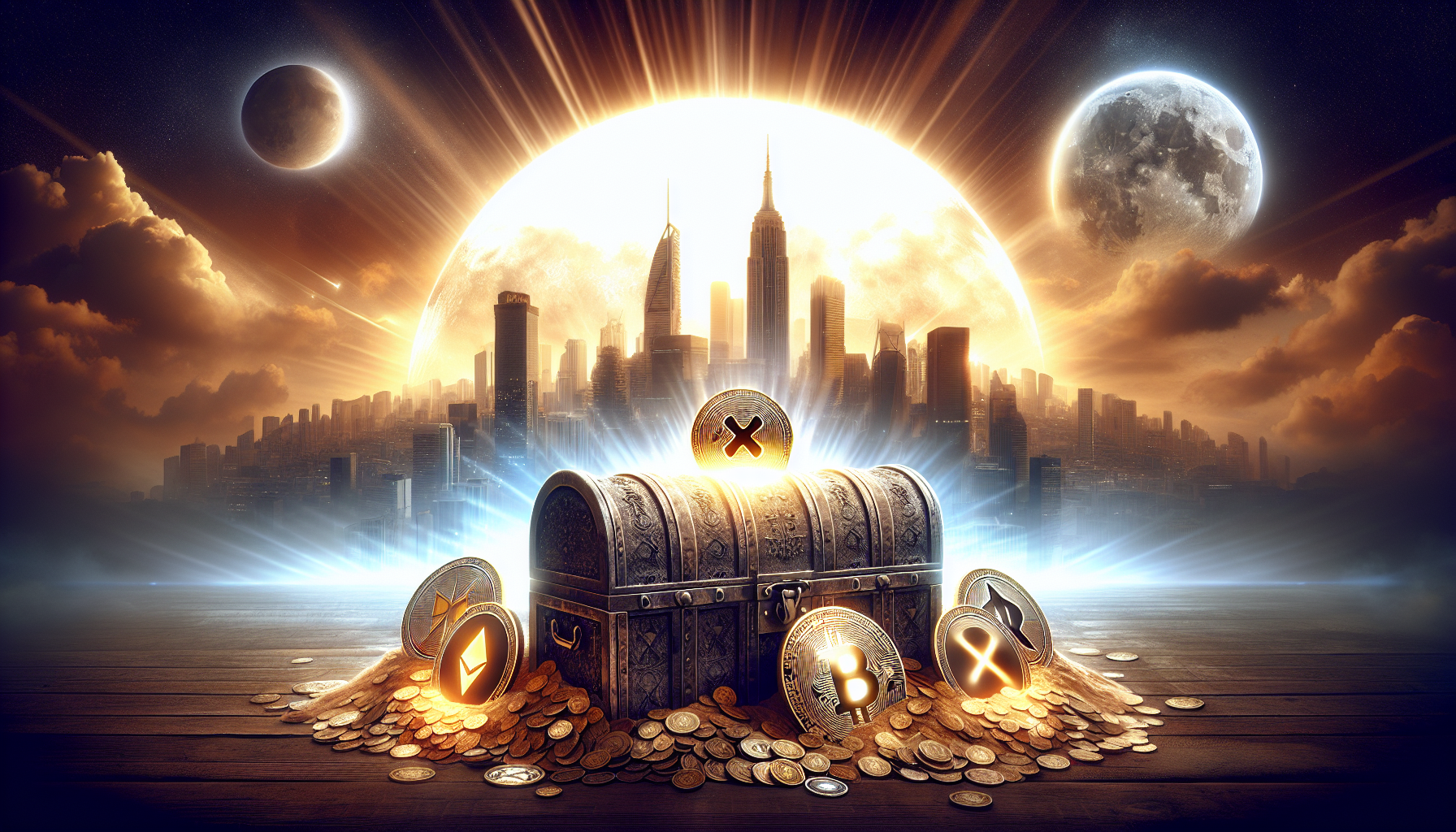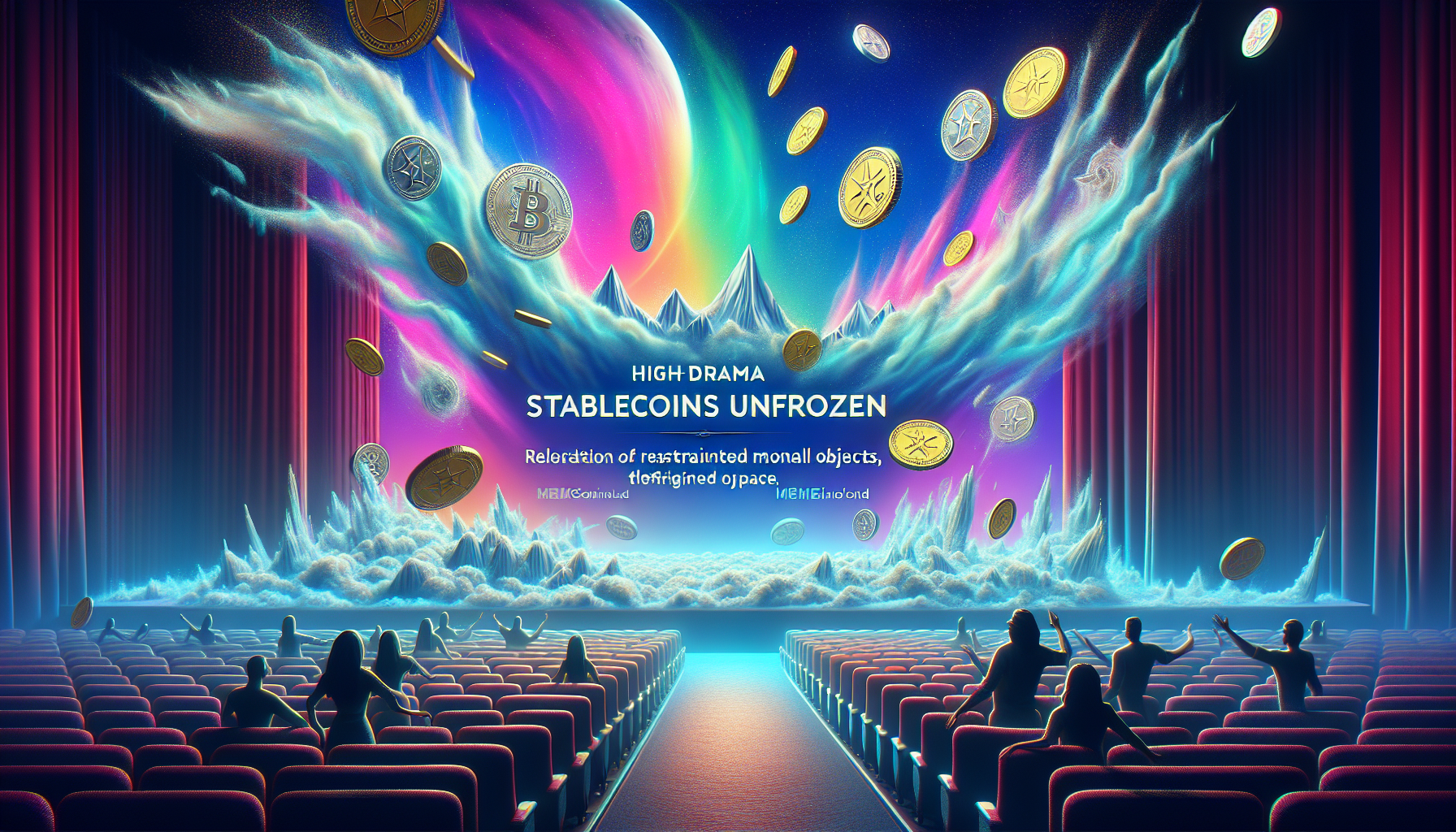 Bitcoin and Ether, the titans of the crypto world, were the obvious choices for inclusion in a US crypto reserve. Their dominance in the digital currency landscape is undisputed, and their presence in such a reserve was almost a given. But hold onto your hats, because the real shocker comes from the unexpected contenders that have joined the ranks: Ripple, Solana, and Cardano. These American-made projects are turning heads and sparking debates across the crypto community.
Bitcoin and Ether, the titans of the crypto world, were the obvious choices for inclusion in a US crypto reserve. Their dominance in the digital currency landscape is undisputed, and their presence in such a reserve was almost a given. But hold onto your hats, because the real shocker comes from the unexpected contenders that have joined the ranks: Ripple, Solana, and Cardano. These American-made projects are turning heads and sparking debates across the crypto community.
Why these projects? Well, Ripple has been making waves with its focus on revolutionizing cross-border payments. Its technology promises to streamline transactions and reduce costs, making it a favorite among financial institutions. Solana, on the other hand, is all about speed and scalability. With lightning-fast transaction times and low fees, it’s no wonder this blockchain is gaining traction. And let’s not forget Cardano, which prides itself on its scientific approach to blockchain development, aiming for sustainability and interoperability.
The inclusion of these projects in a US crypto reserve signals a shift in the way we view digital assets. It’s not just about Bitcoin and Ether anymore; it’s about innovation and potential. These projects represent the future of blockchain technology, and their recognition in such a significant manner is a testament to their growing influence.
But what does this mean for the crypto market as a whole? For starters, it could lead to increased adoption and legitimacy for these projects. Being part of a US crypto reserve is no small feat, and it could attract more investors and developers to these platforms. Moreover, it might encourage other countries to follow suit, potentially leading to a global shift in how digital currencies are perceived and utilized.
Yet, there’s more to this story than meets the eye. The inclusion of Ripple, Solana, and Cardano also raises questions about regulatory challenges. Ripple, for instance, has been embroiled in legal battles with the SEC, which could impact its future growth. Similarly, Solana’s rapid rise has not been without its hiccups, with network outages causing concern among users. Cardano’s slow and steady approach might be its strength, but it also means that its full potential is yet to be realized.
In conclusion, while Bitcoin and Ether remain the stalwarts of the crypto world, the emergence of Ripple, Solana, and Cardano in a US crypto reserve marks a new chapter in the digital currency saga. These projects are not just riding the coattails of their predecessors; they’re carving out their own paths and redefining what it means to be a part of the crypto ecosystem. The future is bright for these American-made projects, and their journey is one that every crypto enthusiast will want to watch closely.




